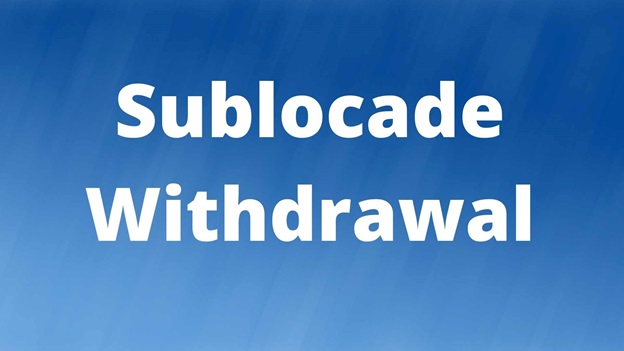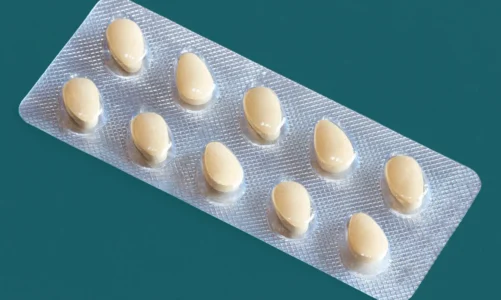Sublocade is a medication used to treat opioid addiction and has been shown to be an effective treatment for opioid addiction. It is a long-acting form of the medication and is given as an injection once a month for the treatment of OUD. Sublocade withdrawal can occur when a person suddenly stops taking the medication or if they miss a dose. It also has side effects that may occur with the use of Sublocade. In this article, we will discuss the side effects of Sublocade and what you need to know if you are considering using this medication.
What is Sublocade?
Sublocade is the brand name for the medication buprenorphine, which is an opioid partial agonist. This means that it works by binding to the same opioid receptors in the brain as other opioids, such as heroin or prescription painkillers, but with a much weaker effect. This action reduces cravings and withdrawal symptoms associated with opioid addiction. In a nutshell, Sublocade is used to treat opioid addiction and has been shown to be an effective treatment for opioid addiction.
Sublocade is a long-acting medication, which means that it is slowly released into the body over a period of time. It is given as an injection once a month and can be used with other medications, such as naltrexone, to help treat opioid addiction. If you want to know more about how Sublocade works, consider listening to the Sublocade podcast, as it will give you a more in-depth look into the medication and its potential side effects.
What causes Sublocade Withdrawal?
Sublocade withdrawal can occur when someone stops taking the medication suddenly. It is important to taper off the medication slowly under the care of a medical professional to avoid withdrawal symptoms. Withdrawal symptoms can include anxiety, depression, insomnia, nausea, and vomiting. In severe cases, withdrawal symptoms can also include seizures and hallucinations.
If you or someone you know is struggling with opioid addiction, Sublocade may be an effective treatment option. However, it is important to be aware of the potential side effects and withdrawal symptoms associated with its use. This will help you make an informed decision and ensure that you are getting the best possible care.
What are the Side Effects of Sublocade?
The most common side effect of Sublocade is injection site reactions, such as pain, redness, and swelling. Other common side effects include constipation, diarrhea, headache, nausea, vomiting, fatigue, and dizziness. In rare cases, more serious side effects can occur, such as liver damage, slowed breathing, and unconsciousness. If you experience any of these side effects, it is important to seek medical help immediately.
Sublocade can also interact with other medications, so it is important to talk to your doctor about all of the medications you are taking before starting Sublocade. Along with that, it will also help if you check out will the Sublocade injection kills Suboxone films and tablets, as it will give you more insights about how Sublocade works and how it should be used.
To Conclude
Overall, Sublocade is a safe and effective medication for treating opioid addiction. However, as with all medications, there are potential side effects that you should be aware of before starting treatment. If you have any questions or concerns, be sure to talk to your doctor. They will be able to help you decide if Sublocade is the right treatment option for you.




